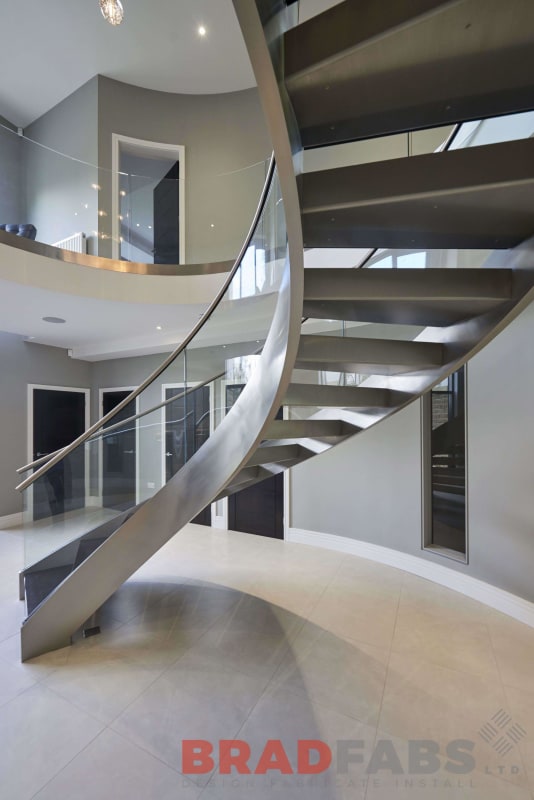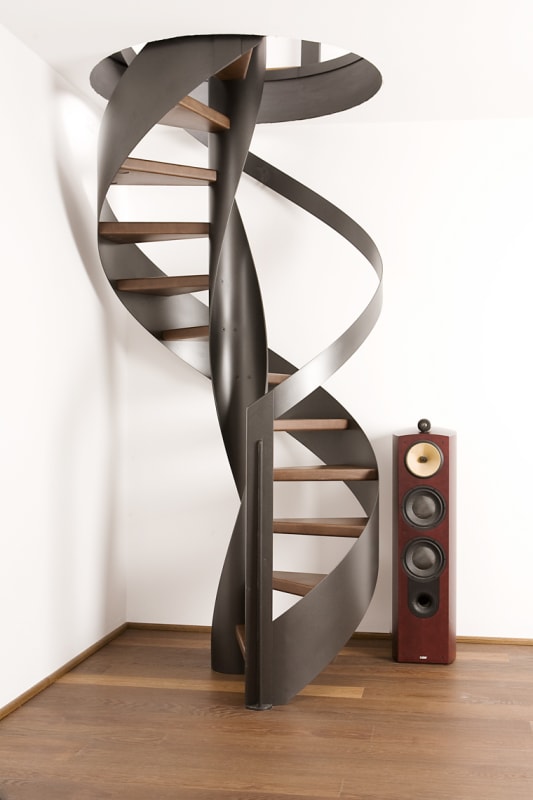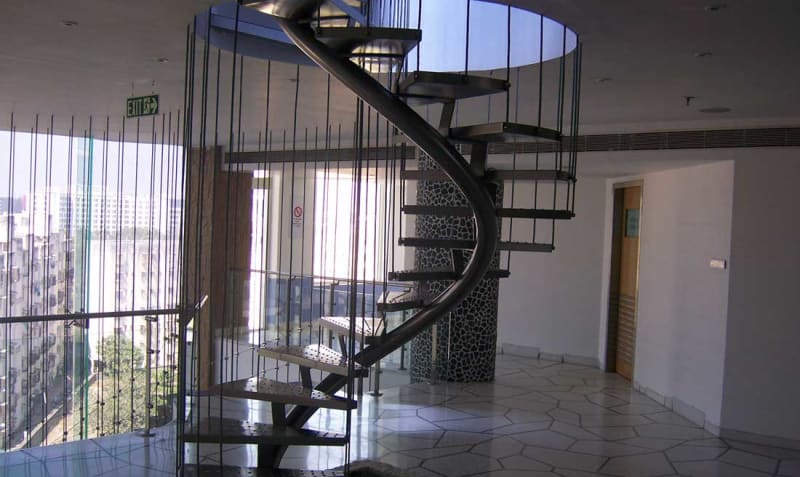Hello all,
I hope everyone is doing well. I am currently working on an exciting project that involves curving a straight 355mm outer diameter steel pipe with a thickness of 16mm. The objective is to transform it into a curved pipe that will eventually take the form of a spiral, serving as the main beam for a helical stair.
Unfortunately, we do not have access to a specific pipe curving machine for this particular task. However, I believe that with the collective knowledge and expertise of this engineering forum, we can come up with some clever solutions.
So, I'm reaching out to all experienced fabricators in this community for your valuable opinions and suggestions. If any of you have successfully curved steel pipes without using a pipe curving machine, I would greatly appreciate hearing about your techniques and methodologies.
Please share your insights, ideas, and any alternative approaches you might have. Your contributions will be instrumental in helping me find an efficient and effective solution for this project.
Thank you in advance for your support and expertise. I'm looking forward to engaging in a fruitful discussion with all of you.
Best regards,
Detailing is a hobby,
I hope everyone is doing well. I am currently working on an exciting project that involves curving a straight 355mm outer diameter steel pipe with a thickness of 16mm. The objective is to transform it into a curved pipe that will eventually take the form of a spiral, serving as the main beam for a helical stair.
Unfortunately, we do not have access to a specific pipe curving machine for this particular task. However, I believe that with the collective knowledge and expertise of this engineering forum, we can come up with some clever solutions.
So, I'm reaching out to all experienced fabricators in this community for your valuable opinions and suggestions. If any of you have successfully curved steel pipes without using a pipe curving machine, I would greatly appreciate hearing about your techniques and methodologies.
Please share your insights, ideas, and any alternative approaches you might have. Your contributions will be instrumental in helping me find an efficient and effective solution for this project.
Thank you in advance for your support and expertise. I'm looking forward to engaging in a fruitful discussion with all of you.
Best regards,
Detailing is a hobby,




